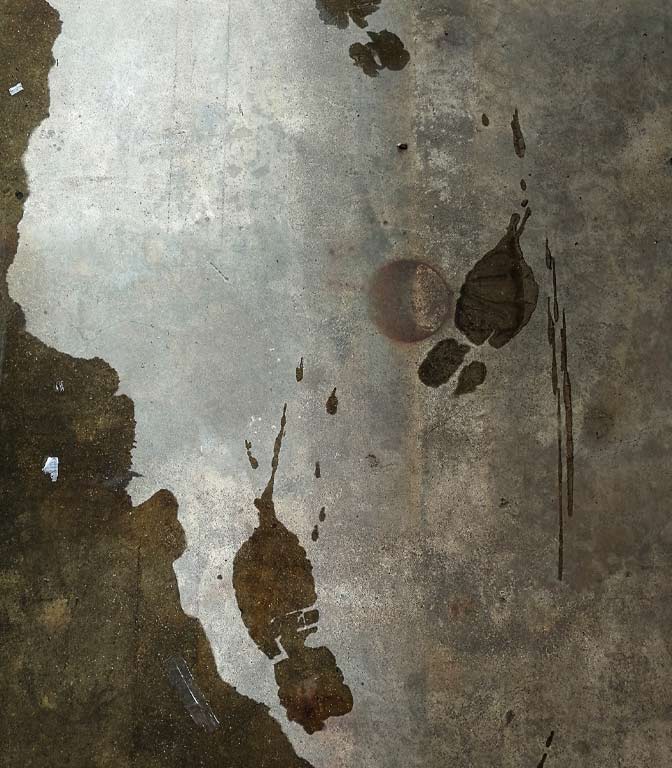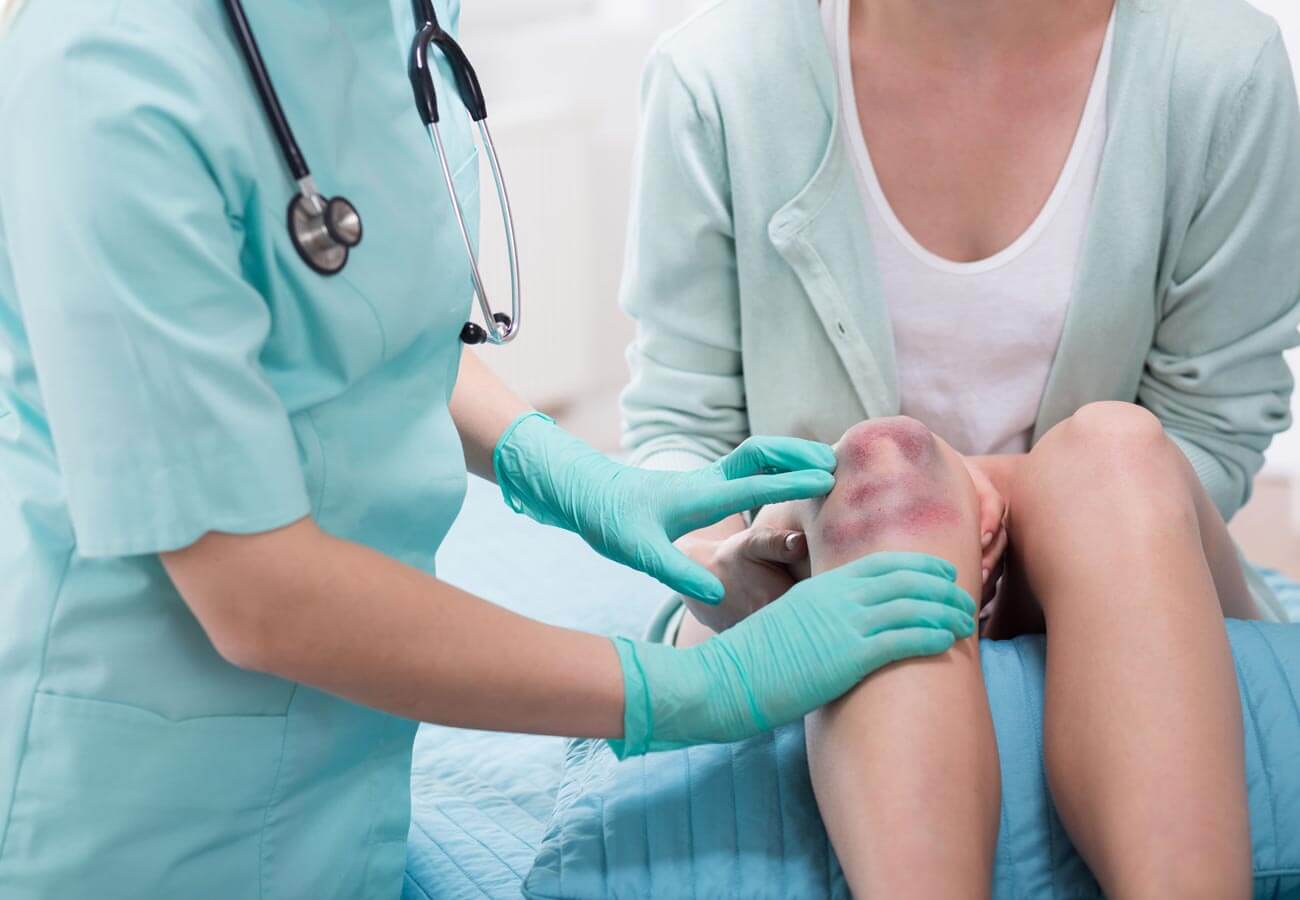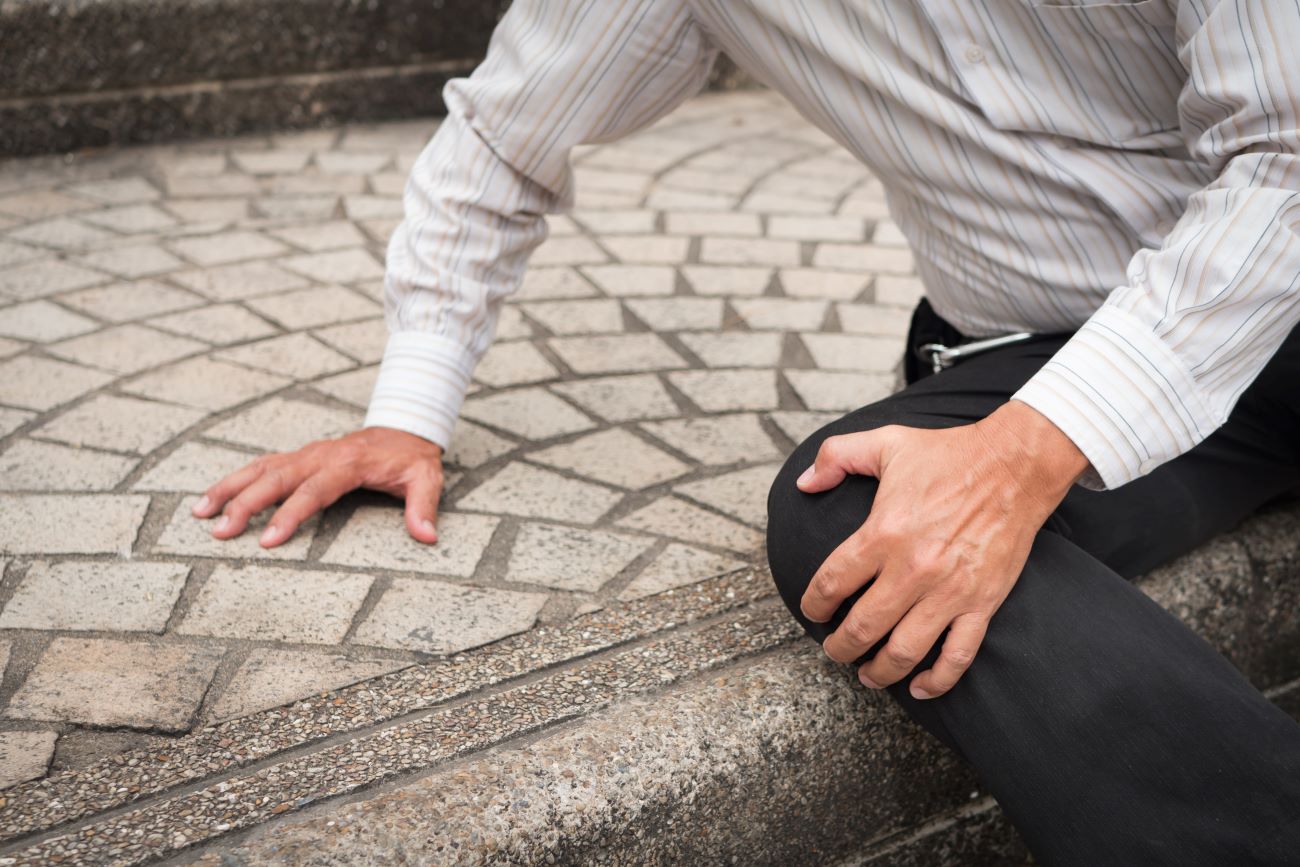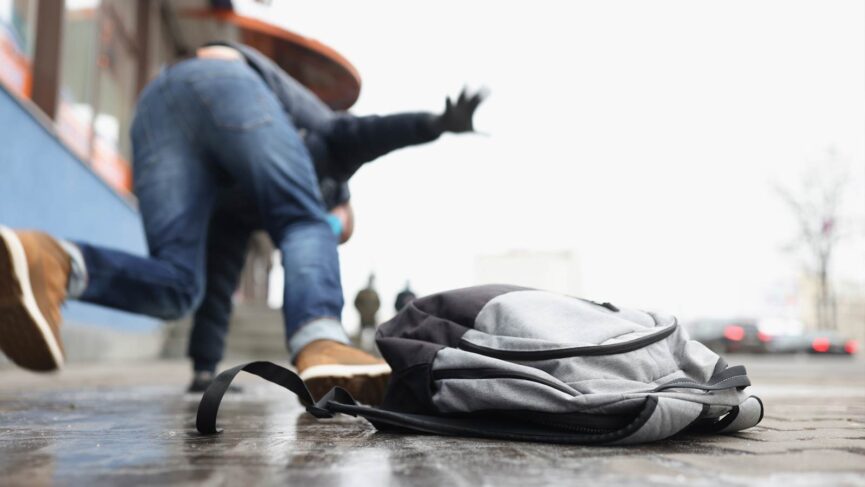Slip and fall accidents are among the most common causes of injury in the United States, affecting thousands of individuals each year. These incidents occur when a person slips, trips, or falls as a result of a dangerous or hazardous condition on someone else's property. From wet floors in a grocery store to icy walkways outside an office building, the potential hazards are everywhere, making it crucial for both individuals and property owners to remain vigilant.
For victims, the aftermath of a slip and fall can be physically painful and financially burdensome, leading to significant medical bills, lost wages, and, in some cases, long-term disability. However, understanding the legal framework surrounding these accidents is essential, as not every fall results in a liable party. Proving liability in slip and fall cases is a complex process that hinges on demonstrating negligence on the part of the property owner or manager.
The importance of proving liability cannot be overstated. It is the cornerstone of any legal claim in these cases, enabling victims to receive compensation for their injuries and losses. This blog post aims to demystify the process of proving liability in slip and fall cases. We will explore the essential elements of liability, the types of evidence that are crucial in these cases, and the steps victims need to take to build a strong claim. Whether you're a property owner seeking to understand your legal obligations or an individual who has suffered an injury, this guide will provide you with the knowledge you need to navigate the complexities of slip and fall accidents.
The Basics of Slip and Fall Cases
What Constitutes a Slip and Fall Case?
The Legal Definition
Common Causes of Slip and Fall Accidents
Slip and fall accidents can be caused by a wide range of hazards, each bringing its own set of challenges for proving liability. Some of the most common causes include:
- Wet and Slippery Surfaces: Spills, freshly mopped floors, and accumulated rain or snow can make surfaces treacherous.
- Uneven or Damaged Flooring: Cracked sidewalks, potholes, loose floorboards, and torn carpeting can cause individuals to trip.
- Poor Lighting: Inadequately lit stairwells, parking lots, and walkways can conceal hazards and lead to falls.
- Climatic Conditions: Ice and snow, when not properly cleared from walkways and entrances, are a leading cause of outdoor slip and fall accidents.
- Obstacles and Clutter: Items left on floors, such as cords, tools, or merchandise, can easily trip up unsuspecting visitors.
Understanding these common causes is crucial for both individuals and property owners. For victims, recognizing these hazards can help identify when a property owner's negligence may have contributed to their accident. For property owners, awareness of these issues is key to implementing preventive measures, reducing the risk of accidents, and defending against potential claims. In the next sections, we will delve into the specifics of proving liability in these cases, highlighting the importance of evidence and the legal criteria that must be met to establish a successful claim.

Proving Liability in Slip and Fall Cases
Key Elements of Liability
Duty of Care
Breach of Duty
Causation
Damages

Evidence Collection
Gathering Crucial Evidence
- Photographs: Take immediate photos of the accident scene, including the hazardous condition that caused the fall, any visible injuries, and the surrounding area.
- Witness Statements: Collect contact information and statements from anyone who witnessed the accident or the conditions leading up to it.
- Incident Reports: If the accident occurred in a business or public space, ensure an incident report is filed and request a copy for your records.
Surveillance Footage

Statistics on Slip and Fall Accidents
National Statistics
The Centers for Disease Control and Prevention (CDC) and the Bureau of Labor Statistics (BLS) offer comprehensive data on slip and fall accidents, revealing their frequency and the significant impact they have on public health and safety:
- The CDC reports that falls are the leading cause of nonfatal injuries in the United States across all age groups, with millions of people treated in emergency departments annually.
- According to the BLS, falls, slips, and trips accounted for a substantial percentage of all workplace injuries and illnesses requiring days away from work. This highlights the importance of workplace safety and the role of employers in preventing such accidents.
The Cost of Slip and Fall Accidents
The National Floor Safety Institute (NFSI) provides insights into the economic impact of slip and fall accidents, which extend beyond personal injury to include substantial costs to the economy:
- Slip and fall accidents contribute to over $30 billion in direct medical costs annually, a figure that underscores the financial burden these incidents place on victims and the healthcare system.
- The NFSI also notes that compensation and medical costs associated with employee slip and fall accidents are estimated to be approximately $70 billion annually, indicating the significant impact on businesses and the economy.

Legal Strategies and Considerations
When to Hire an Attorney
Deciding to hire a personal injury attorney is a critical step for victims of slip and fall accidents. An experienced attorney can offer invaluable assistance by:
- Evaluating the Case: Assessing the strength of your claim, including the likelihood of proving liability and estimating potential damages.
- Gathering Evidence: Coordinating the collection of evidence, including obtaining surveillance footage, compiling medical records, and interviewing witnesses.
- Navigating Legal Procedures: Managing the complexities of the legal process, from filing claims to negotiating with insurance companies and representing you in court if necessary.
- Maximizing Compensation: Ensuring that all potential damages are accounted for, including current and future medical expenses, lost wages, and pain and suffering.
An attorney's expertise is particularly beneficial given the nuanced nature of premises liability law and the tactics often employed by defendants and insurers to minimize payouts.
Common Defenses in Slip and Fall Cases
Understanding common defenses can help victims and their legal teams prepare more effectively. Property owners may argue:
- Comparative Negligence: Asserting that the victim bears some responsibility for the accident, which can reduce the compensation they are eligible to receive.
- Warning of Hazard: Claiming that adequate warning signs were posted near the hazard, shifting blame to the victim for not heeding these warnings.
- Open and Obvious: Arguing that the dangerous condition was so apparent that the victim should have avoided it, thus absolving the owner of liability.
- Lack of Knowledge: Suggesting the property owner had no knowledge of the dangerous condition and therefore could not have addressed it.
Anticipating these defenses allows victims and their attorneys to strengthen their case by gathering evidence that counters these claims, such as proving the hazard was not obvious, the warning signs were insufficient, or the property owner should have known about the dangerous condition through proper maintenance practices.


